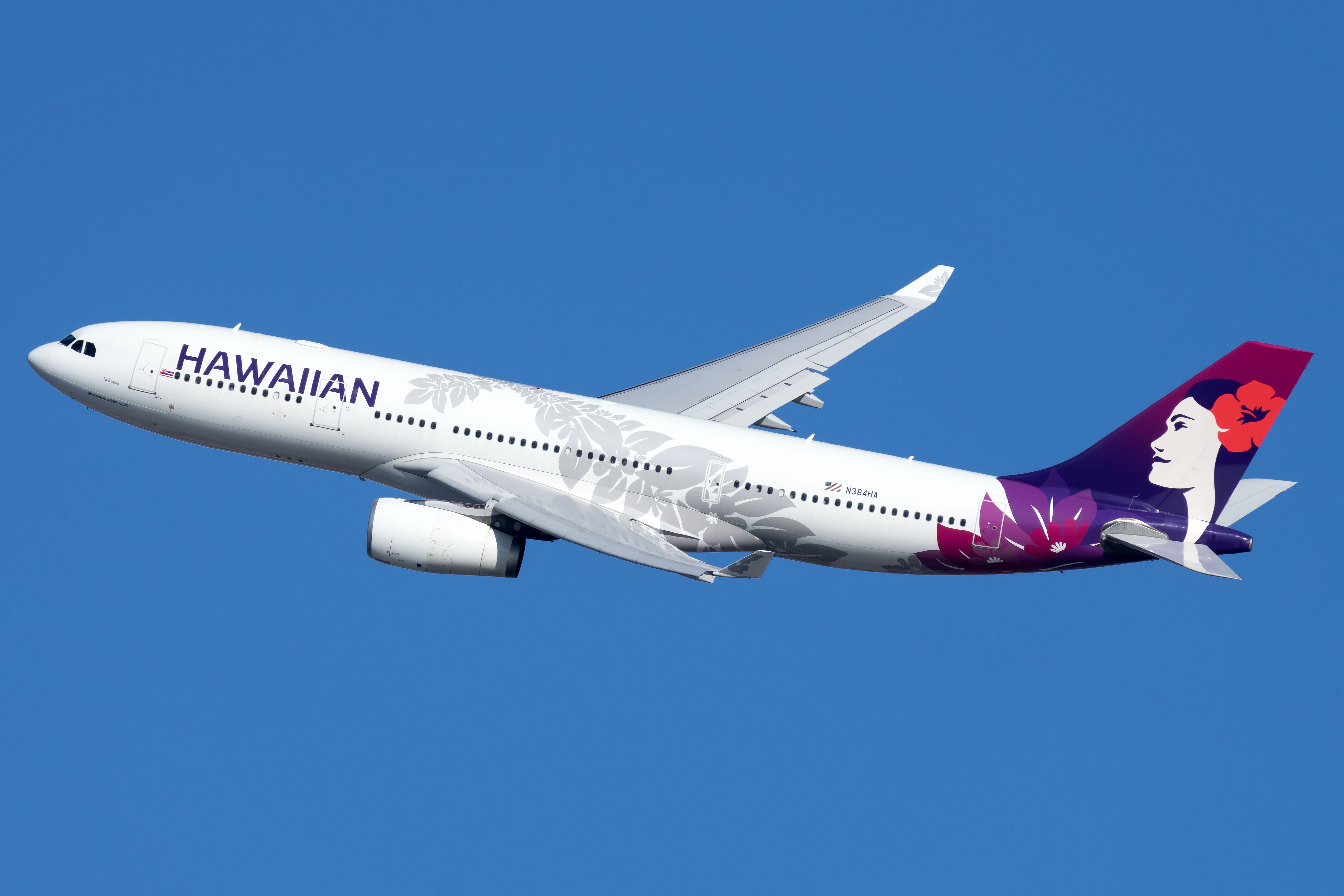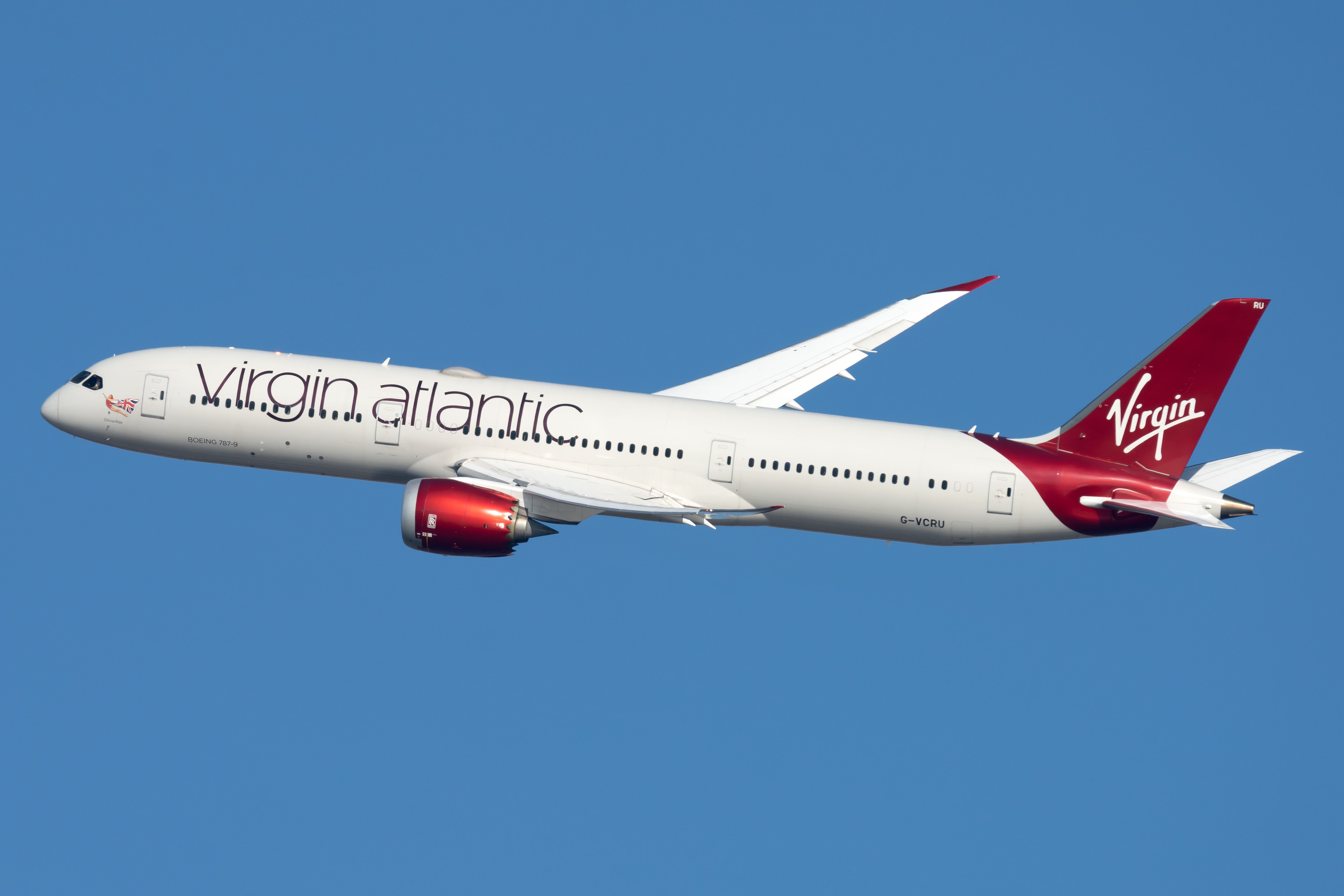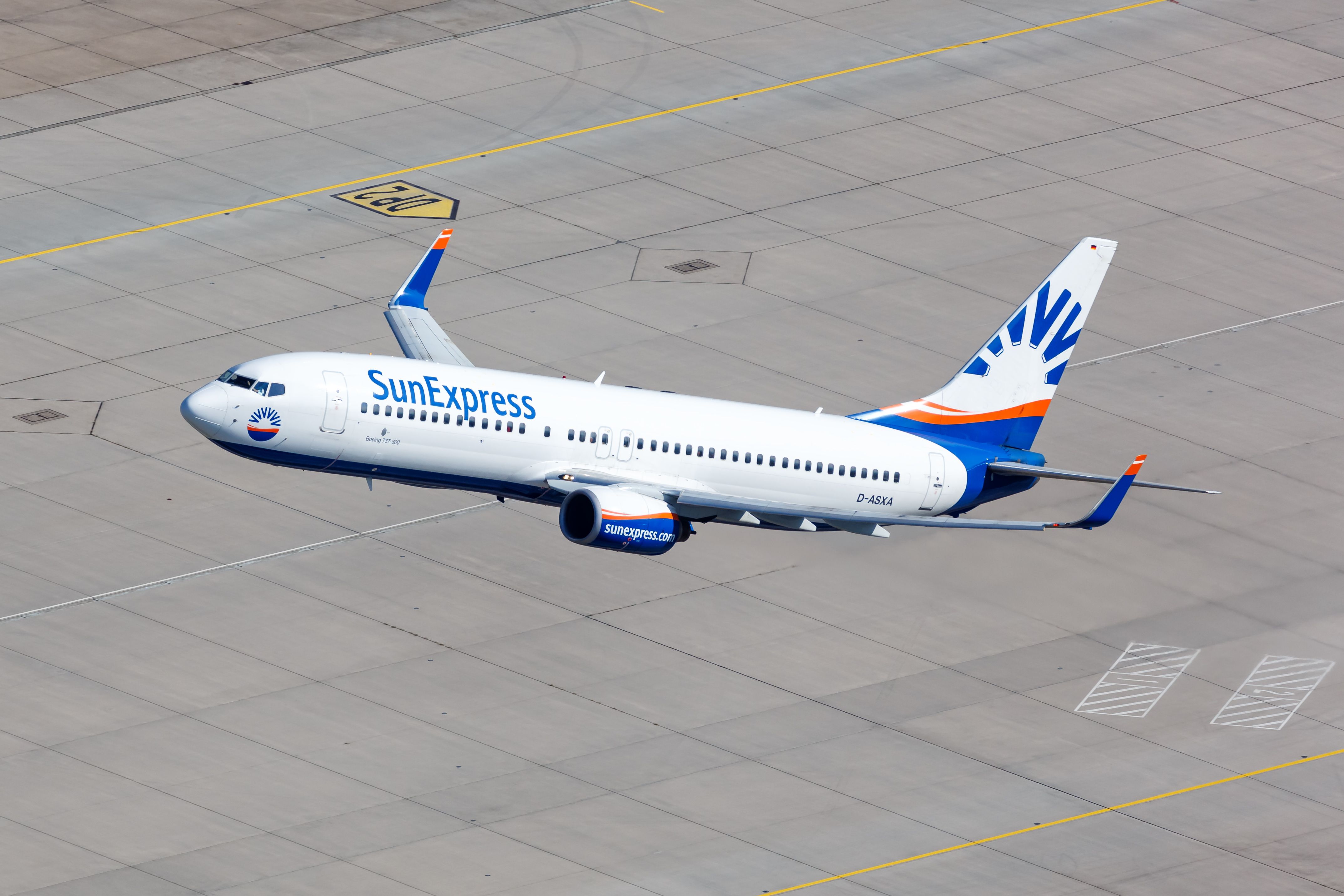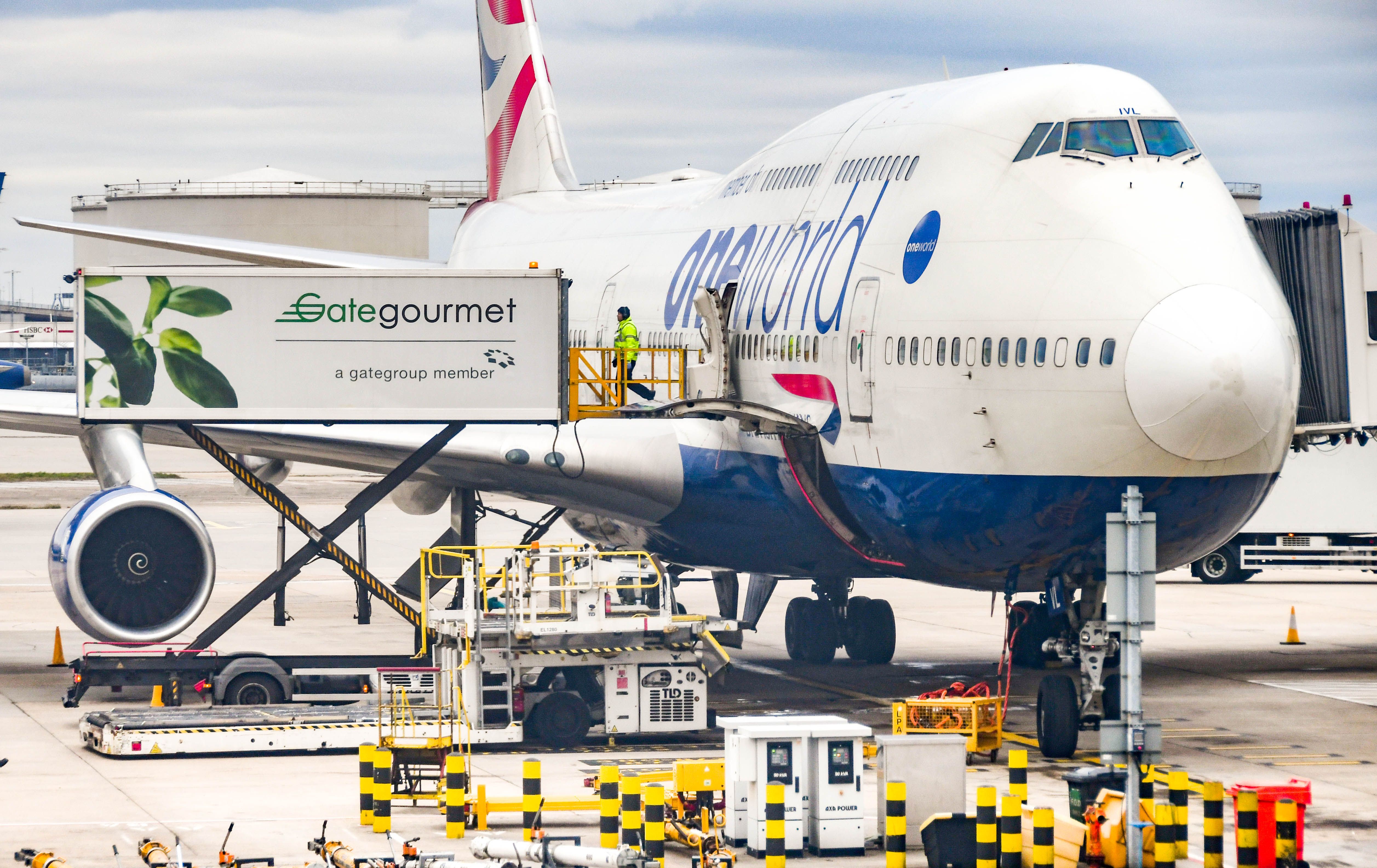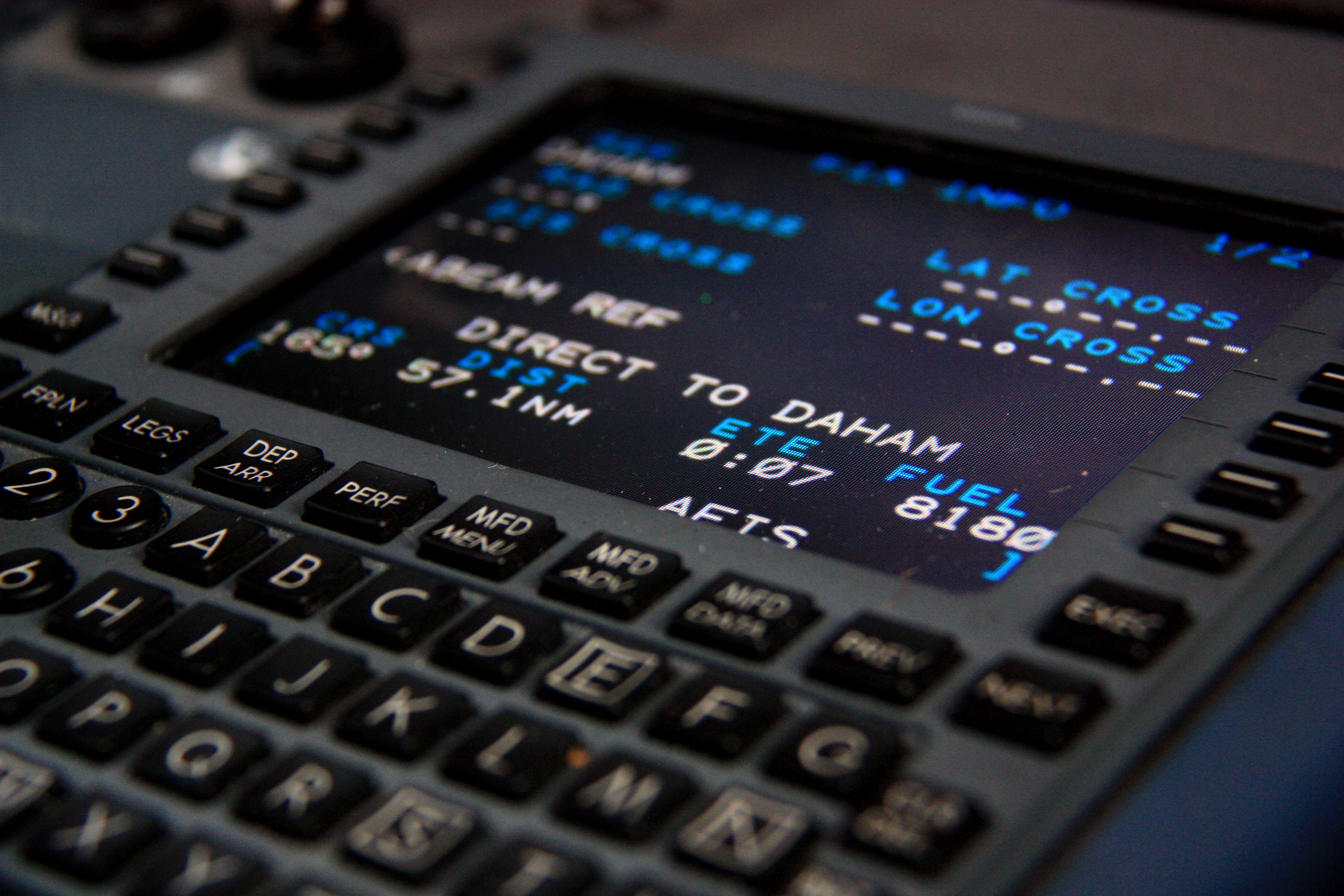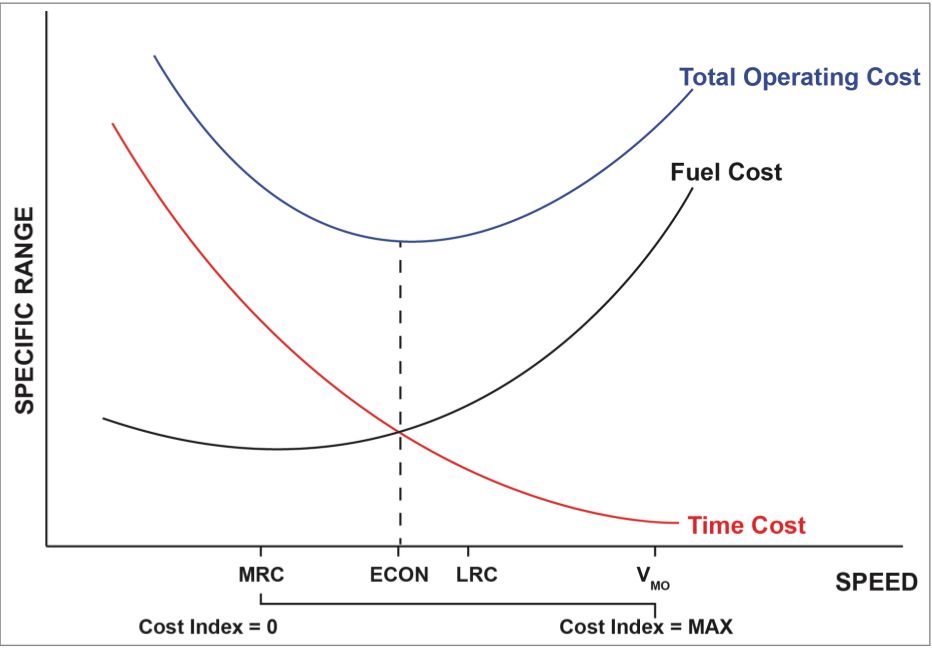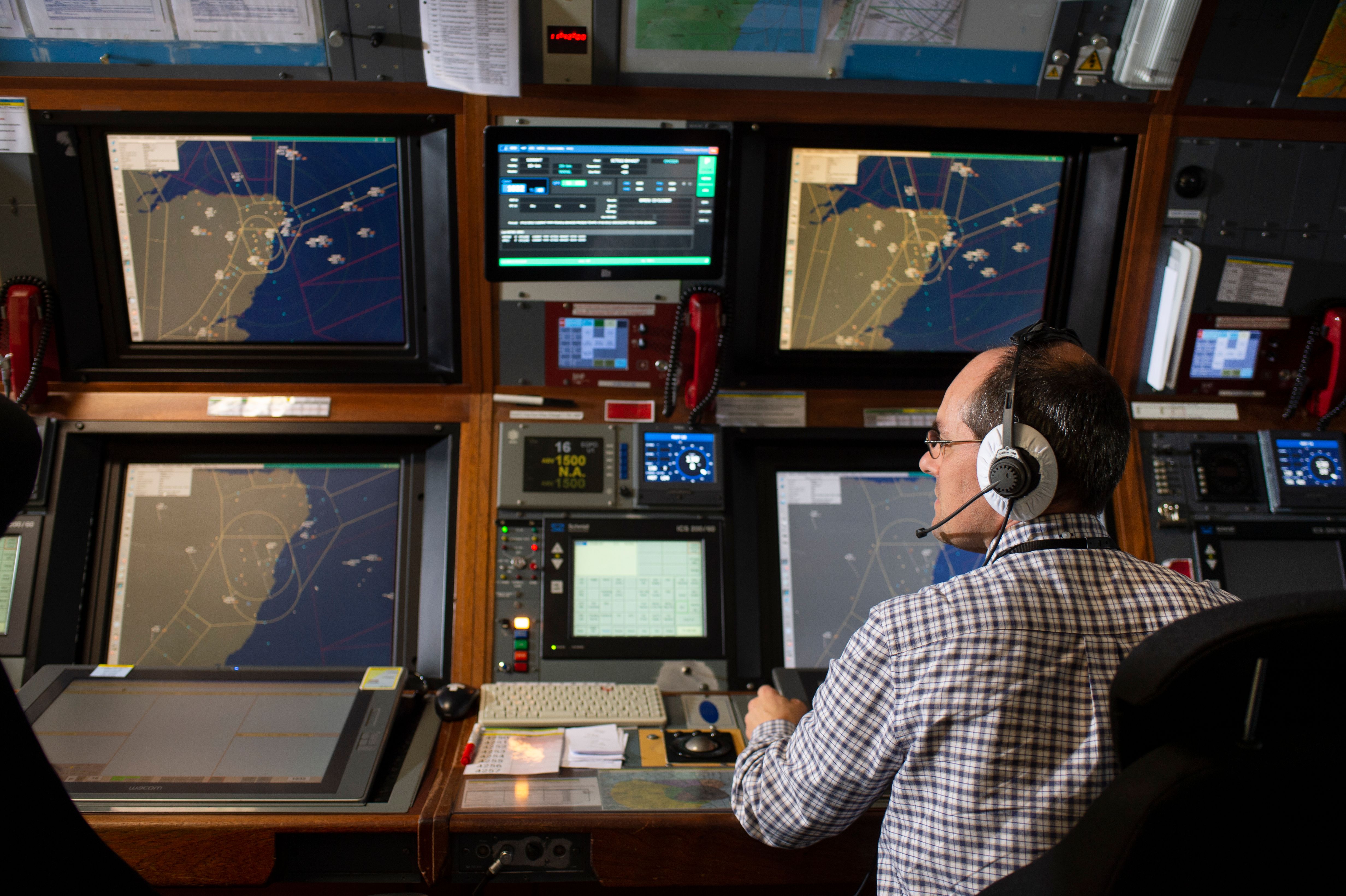Airplanes fly at high altitudes for many reasons. The higher an airplane goes the lower the fuel burn, and it also allows the airplane to achieve greater cruise speeds more efficiently. Furthermore, high altitudes ensure that the aircraft is well away from the most severe weather which can lead to turbulence and icing.
So, how is the cruise altitude for a particular flight determined? This article focuses on the main factors that determine the altitude of an airplane in a flight.
The service ceiling and the absolute ceiling
When an aircraft is certified, a ceiling called service ceiling is calculated by the manufacturer. This is typically defined as the altitude at which a jet aircraft can maintain a climb rate of at least 300 ft/minute. This ceiling varies with weight changes. For pilots operating an aircraft, the altitude of the main concern is the maximum certified altitude.
This altitude is fixed and is a part of the aircraft limitations mentioned in the flight manual. In most passenger aircraft, the maximum certified altitude is a structural limitation enforced due to the pressurization system. The higher an aircraft flies, the greater the pressure difference between the aircraft cabin and the atmosphere. This can, in the long term, damage the fuselage of the aircraft.
The absolute ceiling, also known as the aerodynamic ceiling, is the altitude at which the low-speed stall speed and high-speed stall speed converge. This altitude is also known as the coffin corner. You can read more about this phenomenon in this article: Aerodynamic Phenomenon: A Detailed Look At the Coffin Corner.
The optimum altitude
In normal line operations, airplanes are operated at an altitude called the optimum altitude. This altitude is the most efficient altitude to operate an aircraft as it leads to increased range and less fuel burn.
The optimum altitude is determined in several ways. In its most basic derivation, it is all about increasing the range or the fuel mileage of the aircraft. Large jetliners cruise using Mach number as a speed reference. As an aircraft climbs, its speed or True Air Speed (TAS) increases, and the local speed of sound decreases. The combined result of this is an ever-increasing Mach number.
Initially, the increase in TAS is quite beneficial as it allows the aircraft to cover more ground with less fuel burn. However, as mentioned before, this increases the Mach number. As the Mach number increases, there is a corresponding increase in compressibility drag (drag due to the aircraft approaching the speed of sound).
At some point, this drag increase can overcome the benefits of the increasing TAS and start to reduce the range of the aircraft. So, the altitude at which the effects of compressibility drag do not negatively affect the range of the aircraft is known as the optimum altitude.
One of the biggest factors that affect the optimum altitude is the weight of the aircraft. The heavier the aircraft the more lift-induced drag the aircraft generates (due to the increased operating angle of attack). This means that the speed for the best range increases, which ultimately increases the Mach number.
As the weight of the aircraft decreases, there is a decrease in drag and the speed for best range falls off allowing a decrease in Mach number which allows the aircraft to climb higher as it is no longer limited by the compressibility drag associated with large Mach numbers.
The most optimum or efficient altitude is not only affected by aerodynamics. The environment plays a major role as well, particularly the prevailing winds and temperature. In modern aircraft, the Flight Management System (FMS) calculates the optimum altitude by considering these factors. For this, the pilots are required to input accurate data into the FMS.
This includes entering cruise winds and updating the temperature for various altitudes. During the dispatch phase of the flight, the pilots are provided data on forecast winds and temperature for normal cruise levels of the aircraft. The pilots can then input these data into the FMS and then once in the air the FMS calculates the most optimum altitude based on the input data.
One might now wonder how winds can affect the range or the optimum altitude. The reason is simple. In tailwind conditions, the aircraft gets a push from the winds, which increases the ground range of the aircraft. In a headwind, it is the opposite. The range is reduced as the headwind reduces the ground speed of the aircraft. Thus, when accurate wind data is available, the FMS may give a lower optimum altitude because a favorable wind (a strong tailwind) results in a longer range.
Want answers to more key questions in aviation? Check out the rest of our guides here.
The entered Cost Index (CI) also plays a major role. CI is a time-to-fuel ratio. A higher CI indicates that a particular airline has lower fuel costs compared to time-related costs. A lower CI, on the other hand, indicates the airline spends more on fuel when compared to time-related spending. Each airline has a CI calculated based on their operations and this is mentioned in the flight plan. The pilots can then enter this value in the FMS and the FMS uses this information to further optimize the optimum cruise altitude.
Step climbs
Step climbs or cruise climbs is a climbing technique whereby pilots initially remain at a higher or a lower altitude than the optimum altitude. As discussed earlier, as an aircraft's weight decreases the drag reduces which increases the optimum altitude. In a long-range flight, the fuel burn results in large changes in weight which can keep modifying the optimum altitude throughout the flight.
In the initial parts of the flight, the pilots may cruise at a lower altitude than the optimum altitude. This happens most of the time due to the fact a heavier aircraft has lower climb rates, and a slow climbing aircraft can be a nuisance to both the pilots of other aircraft and air traffic control. Once the fuel is burnt enough, and the weight reduced the pilots can initiate a climb to the optimum altitude.
If the aircraft performance permits, a higher altitude than the optimum can be chosen. This way, as the weight of the aircraft, reduces the aircraft can settle to the optimum altitude later in the flight. This is the best option given all the other conditions, such as weather and ATC complies as this prevents the aircraft from being stuck at lower altitudes for the majority of the flight.
In real life, pilots may not be able to get the optimum altitude for a cruise on every flight. This mainly occurs due to ATC restrictions (other aircraft occupying the altitude, airspace restrictions, etc.). Weather and turbulence are other factors that may prevent pilots from achieving the desired optimum altitude. In such situations, the pilots should try to remain as close as possible to the optimum altitude. Generally, remaining within 2000 ft on either side of the optimum altitude does not affect cruise performance that significantly.

